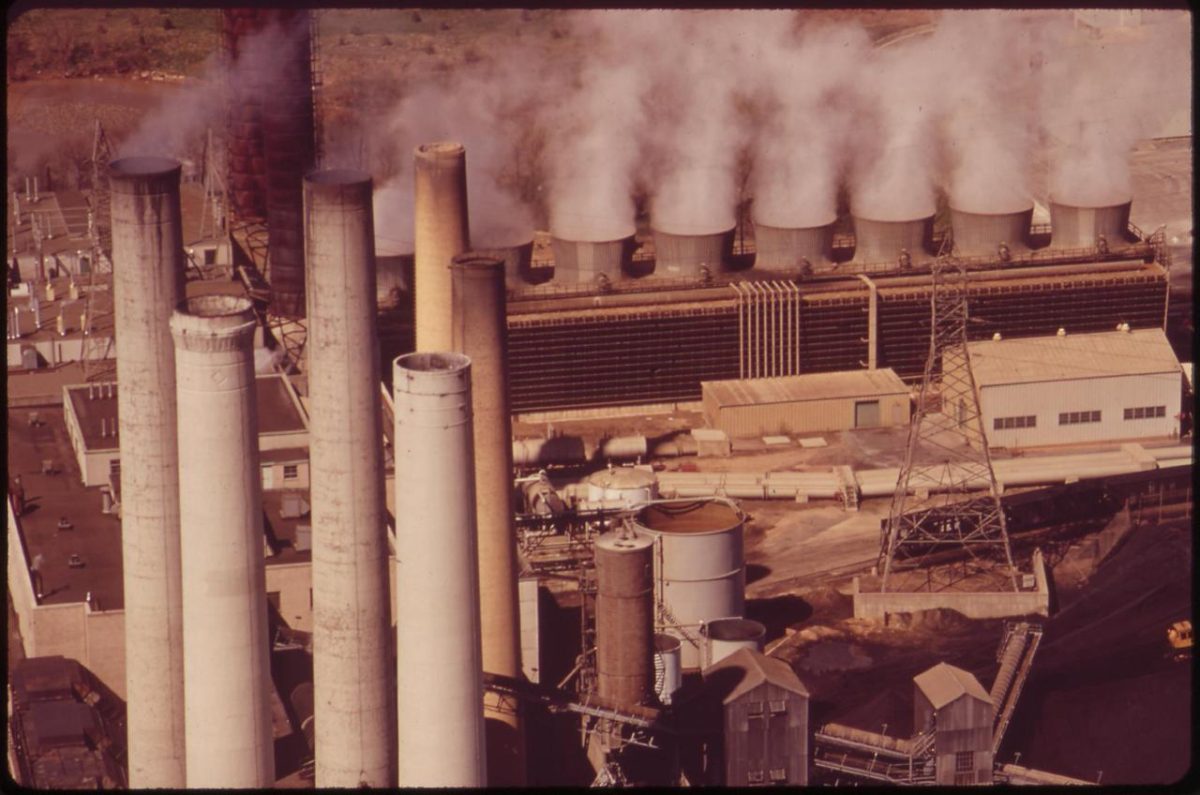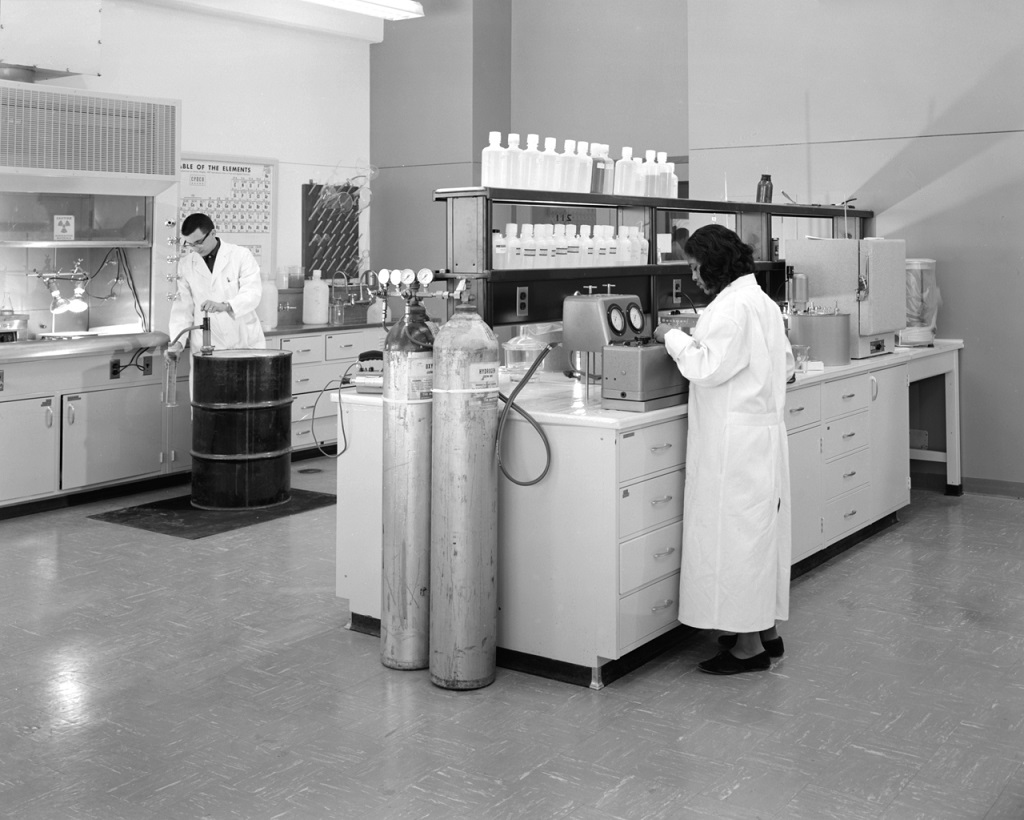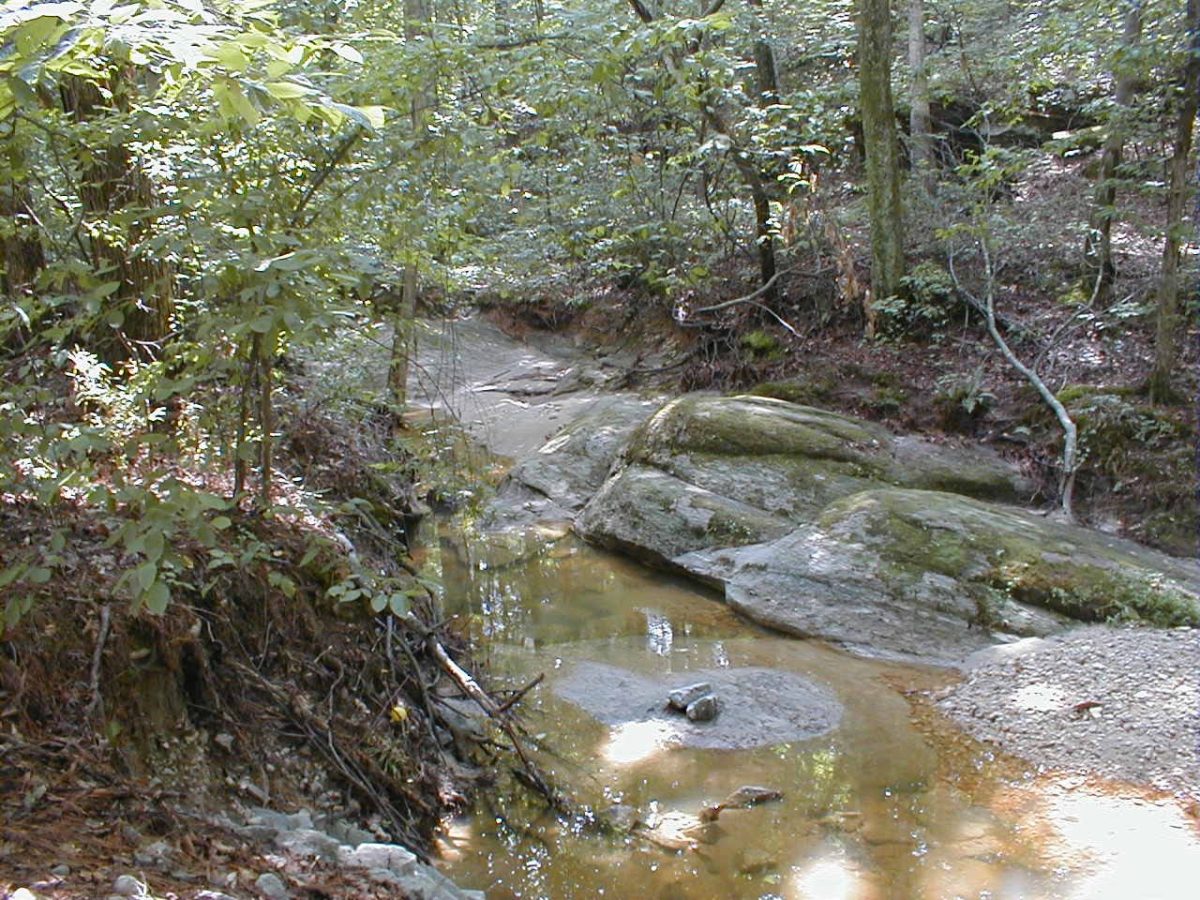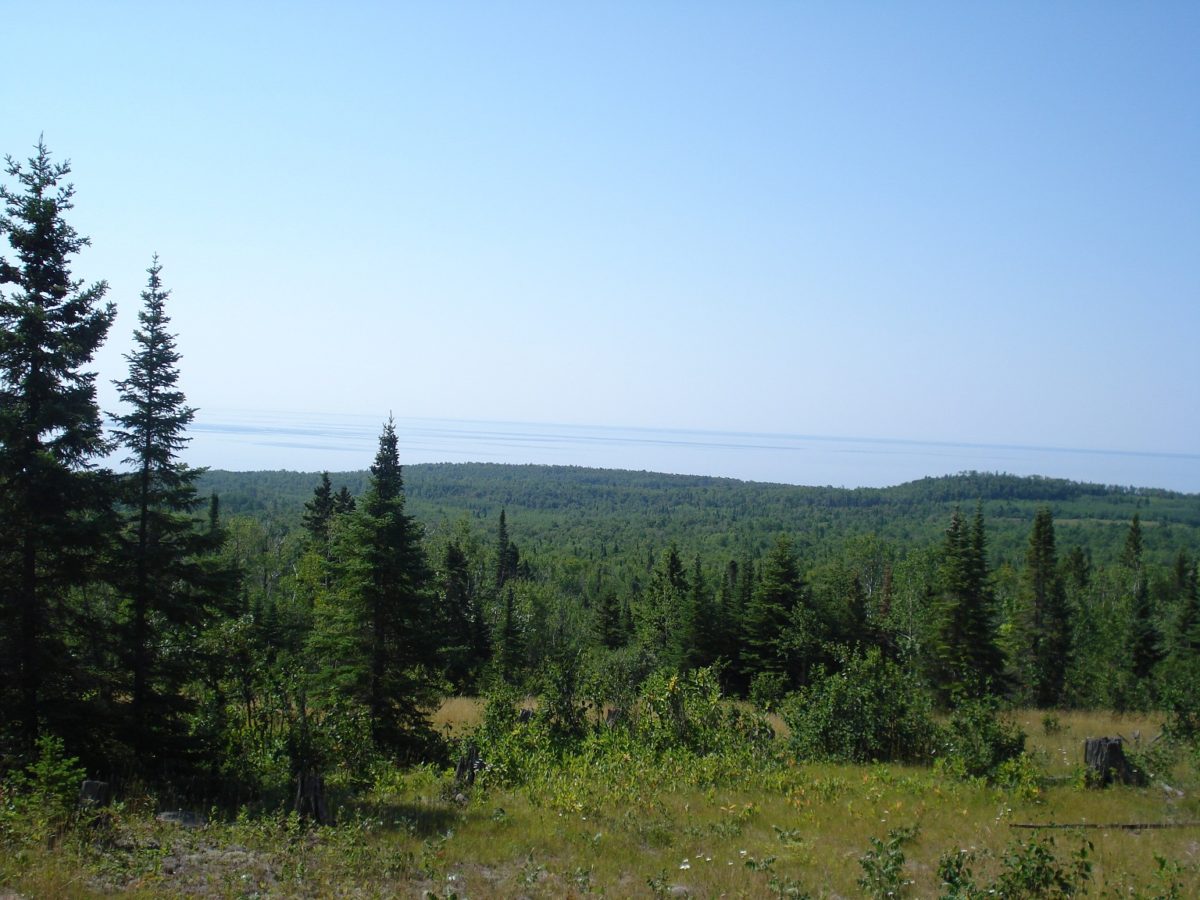The US Environmental Protection Agency (EPA) has issued its proposed rulemaking pertaining to the issuance of regulations for the prevention of spills or releases of Clean Water Act (CWA) hazardous substances. The proposal, published in the June 25 Federal Register, concludes that no additional regulatory requirements are necessary at this time.
EPA’s review of whether to propose new regulations to prevent releases of hazardous substances was prompted by a 2015 lawsuit that charged EPA with failure to comply with its duty under CWA Section 311 to issue regulations for the prevention and control of hazardous substance spills from on-shore facilities. A February 2016 Consent Agreement established a schedule for EPA to sign “a notice of proposed rulemaking pertaining to the issuance of the Hazardous Substance regulations” and take final action after notice
and comment.
Continue reading “Hazardous Substance Spill Prevention: The Proposed Action is No Action at all!”





